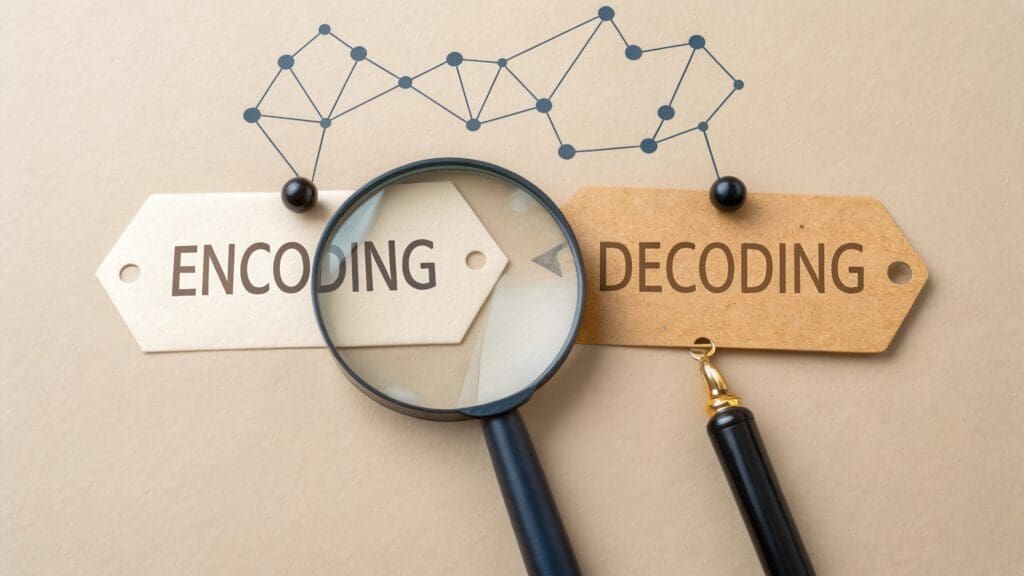In our continuing saga into functions, which is one of the foundational aspects of JavaScript, I want to address arguments. Note that this topic also applies to other languages, but other languages might use different terminology, such as methods and parameters. That is a somewhat semantic argument, but if you are coming from a classical OOP language, I want to be on the same page with you.
So…arguments…not the kind you have between a Mac and Windows guy…I am talking about the arguments of a function. Arguments are data (I know…bad grammar). That is what they are. Arguments are data that get passed to a function. Why would you want to do this? This allows functions to receive data from somewhere and then manipulate that data within the function. Let’s review function
[code lang=”js”]
// Declare function with function keyword
// Name your function
// Encase proper syntax of parentheses & curly braces
function foobar() {
// Write some code here
}
[/code]
Now that we have reviewed function syntax, where do arguments come into the picture? You pass an argument to the function utilizing the parentheses. Here is the syntax…
[code lang=”js”]
// Pass an argument (myArg1) to the function
function foobar(myArg1) {
// Write some code here
}
[/code]
The aforementioned syntax allows us to pass data to the function for the function to use. Let’s look at a simple example of how this works…
[code lang=”js”]
function funcAddFive(myNum1) {
// take argument and perform math problem
var sum = myNum1 + 5;
return sum;
}
// Call function and pass argument
// After this runs, myNum should equal 13
var myNum = funcAddFive(8);
[/code]
As you can see we can pass the data to our function and the function can then work its magic, so to speak, and use the passed data argument to complete its assigned task. I know there is some other stuff going on there that I have not covered in a post yet (return keyword and assigning a function to a variable), but I plan on covering those in the future. The main point I want you to walk away with is that you can pass data, called arguments, to functions and work with that data.
Happy Coding!
Clay Hess



